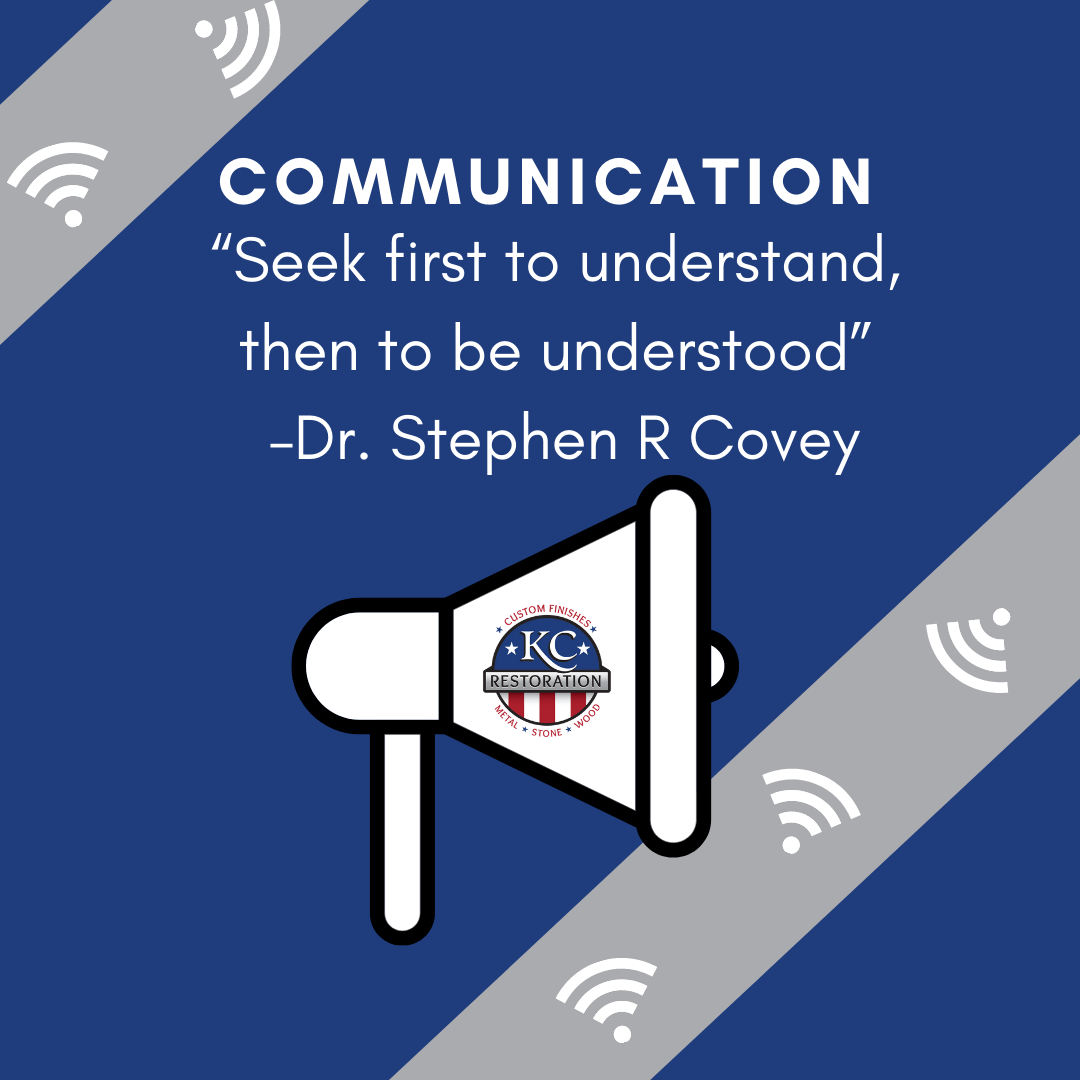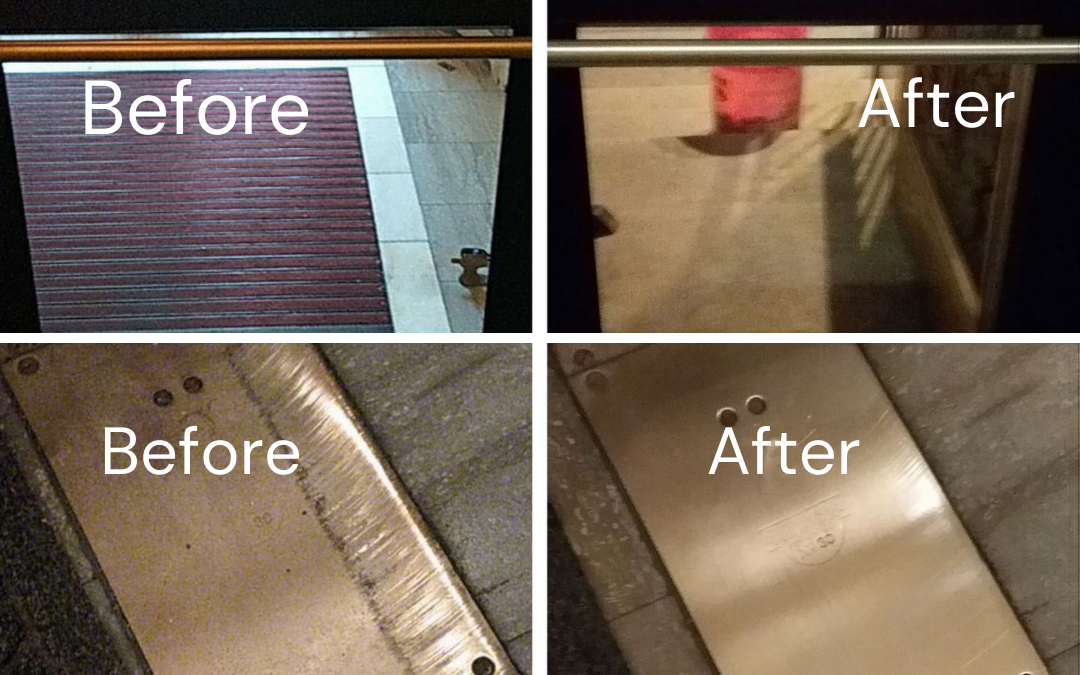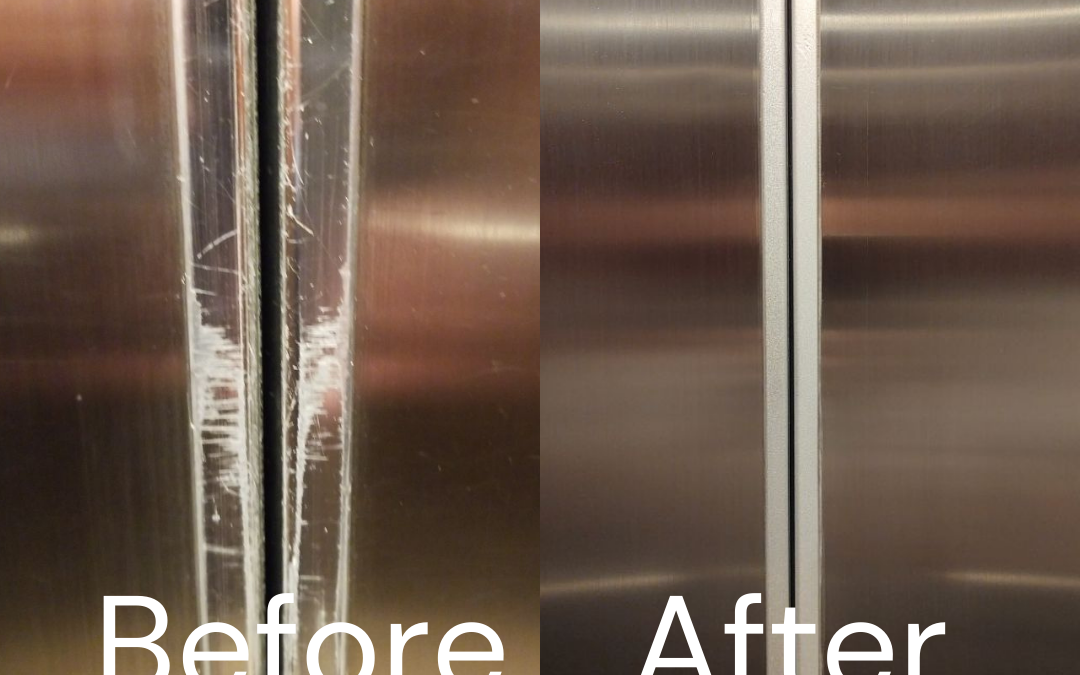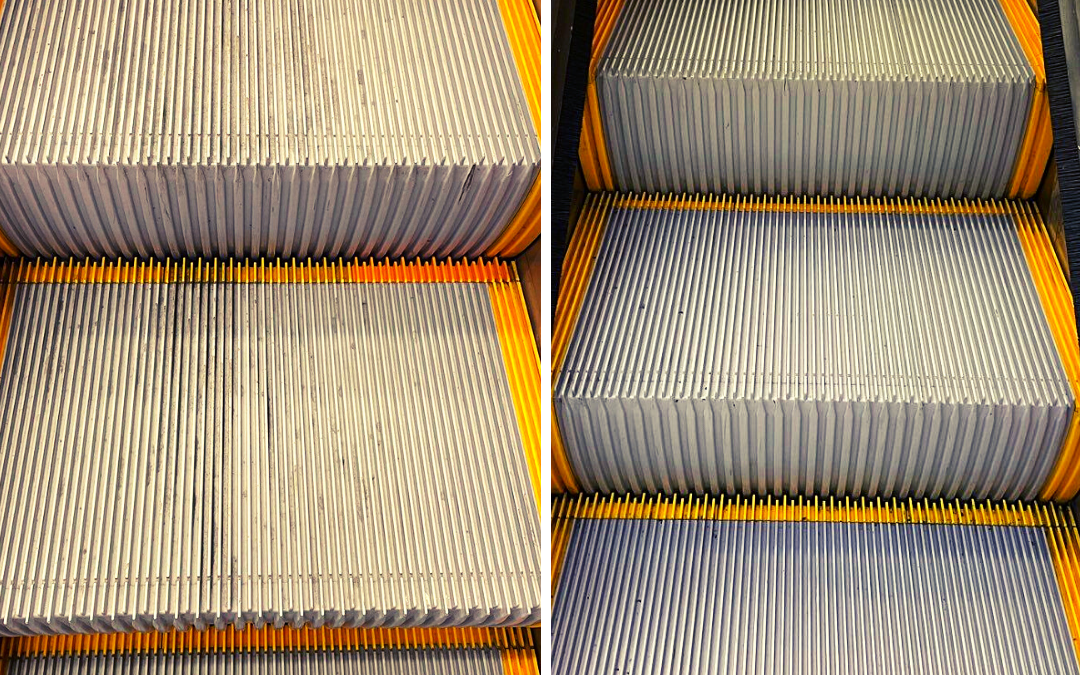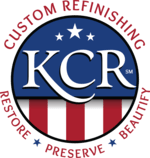
by KC Restoration | Mar 1, 2021 | Atomospheric staining, Blog
Spring weather has arrived! Commercial facilities take a beating during the harsh winter months and an exterior deep cleaning procedure is a great solution for not only improving the appearance of the facility, but also for improving the health and safety of occupants...

by KC Restoration | Feb 22, 2021 | Blog, Uncategorized
KC Restoration Culture Series – each month we are highlighting a different company value. February is often associated with love and friendship because of Valentine’s Day. Tiny conversation candy hearts can communicate a lot! To celebrate February, we are...

by KC Restoration | Feb 16, 2021 | Blog, Metal
Many facility and property managers struggle with how to transform outdated and worn entrances, elevators and other metal interior surfaces into clean, modern and appealing finishes that will enhance the image of their facility. Managers often want shiny stainless...

by KC Restoration | Feb 11, 2021 | Blog, Metal
There isn’t much to do during an elevator ride – it’s pretty boring. This is why riders have plenty of time to pause and take in the view of your elevator, both inside and out. What the riders see gives them an instant impression of your building. This is one reason...

by KC Restoration | Feb 1, 2021 | Blog
Elevators, escalators, and moving walks are all seen as soon as a tenant or visitor walks into a facility. Everything else in your building can be spotless, but if these systems are left dirty or unkempt, people will notice. Often, it’s these areas that lead people to...

by KC Restoration | Jan 25, 2021 | Blog, News
A new year has brought KC Restoration a new website! Our team worked hard throughout 2020 to improve the online experience. Our goal was to develop a website that better told our story and mission to our city. We also wanted to better serve our customers with more...


